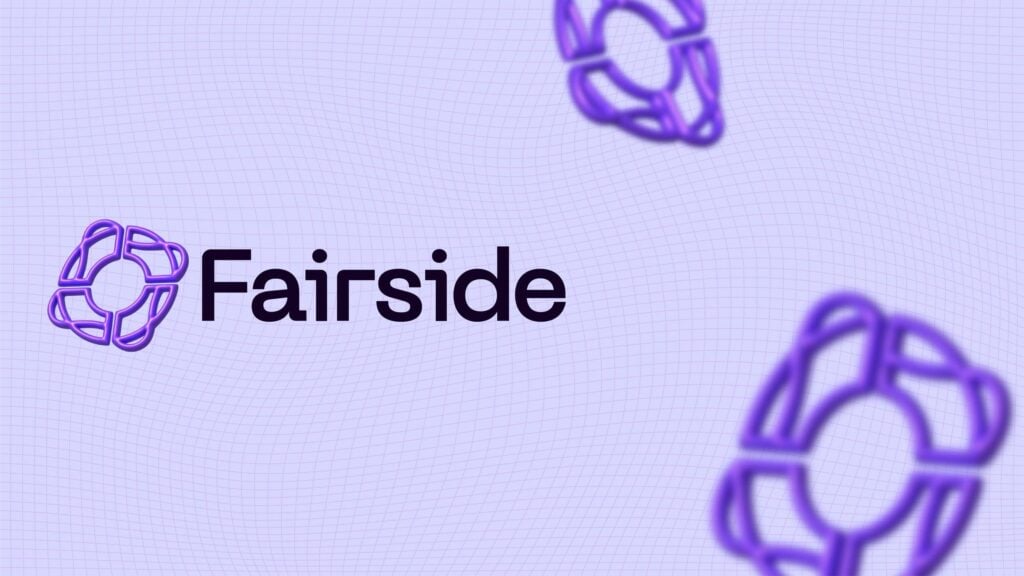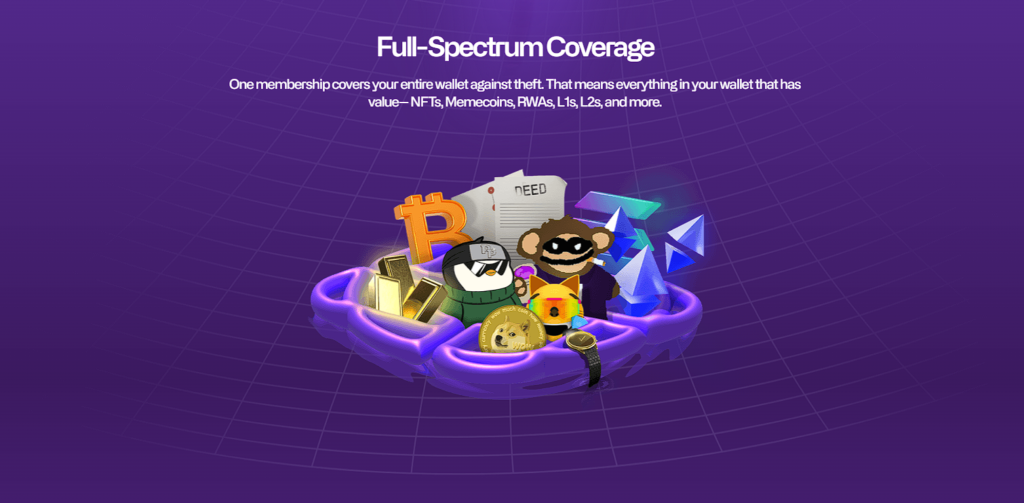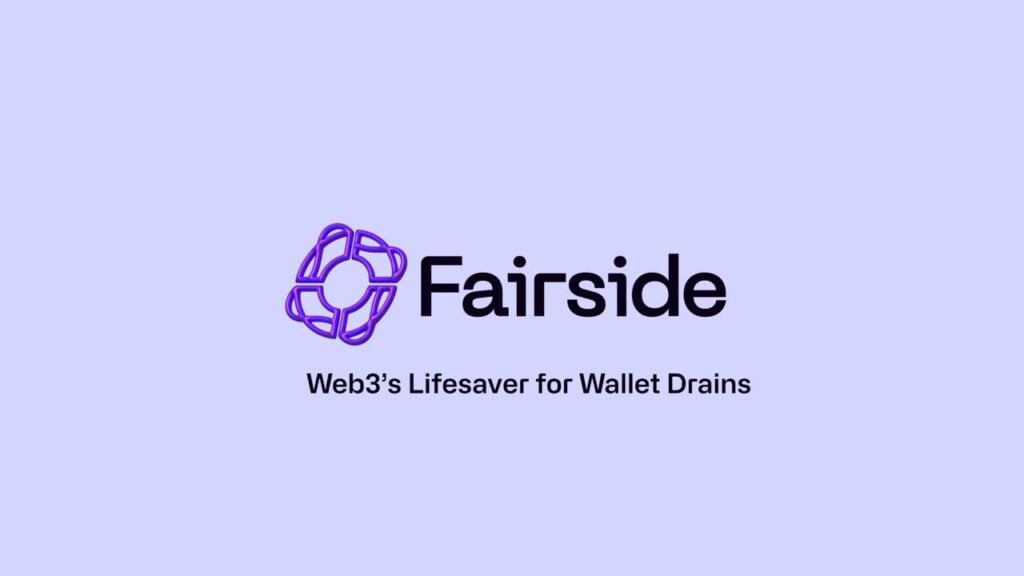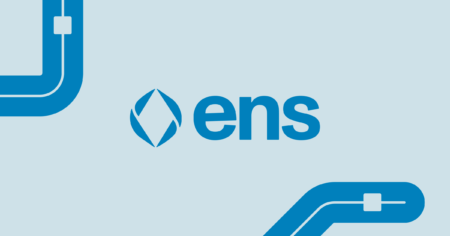Far too often in Web3, we see people ending up posting about how they’ve gotten scammed. Spend enough time here and it’s almost inevitable that you, too, will end up losing money to some sort of scam. There are so many that exist; it can be difficult to keep up.
What, then, are your options once the damage is done? Historically, it can be difficult to recover assets once they’ve been lost. Now, however, you don’t have to hope for a long-shot recovery effort to make yourself whole.
What Is Fairside?
Fairside is the first onchain insurance brokerage, and they offer packages to insure your digital assets in the instance of many different types of scams. I had the opportunity to speak with Drew, one of the founders of Fairside, about onchain insurance and its role in Web3.

DH: First off, thanks for taking the time. Can you start by sharing how you got into Web3 and what led you to found Fairside?
Drew: When I was going to college the housing market collapsed. I was studying Econ at the time, and while writing a paper about the CDOs and the crisis they led to, I stumbled upon the concept of bitcoin, which was created in response to that whole mess. Fast forward to 2016 and while I was working as a developer a friend called me up and told me about Ethereum. That’s when everything changed because I realized the potential what could be built on Ethereum, so I went all in and never looked back.
DH: Where does the name Fairside come from? How would you describe Fairside to those who aren’t familiar with what it is?
Drew: Ha good question, no one ever asks that. Simple answer, one day we were debating names for the company and were trying to describe what our goal was with the project and what the name should convey to people. At the same time we all said “to make people feel like they’re on the fair side of insurance”. It’s not cool, but we hope people get the meaning — our product is built to be fair, pay claims, and support people’s ability to start anew after they’ve been drained — keeping them in the space instead of pushing them out of it.
DH: Did you have a prior background in insurance in Web2 before looking to bring the concept of insurance onchain?
Drew: Our CEO Brandon has over 15 years of experience in insurance and has built one of the most successful privately owned firms in the country. My background was in marketing, software development and web3. Since our skillsets complement each other well, we were able to work on this insurance model, and adapt it to fit web3.
Traditional Insurance vs. Fairside’s Model
DH: Can you compare and contrast the product to more traditional insurance models?
Drew: Fairside is an insurance replacement, so unlike traditional insurance, which involves a company assuming risk for a premium, Fairside uses a cost-sharing model. Members contribute to a capital pool, which is used to cover losses. This decentralized approach minimizes overhead and returns excess capital to members as yield. It’s based on the concept of peer to peer risk sharing, which was the first form of insurance used hundreds of years ago by communities of farmers in the event of crop failure. It’s funny how decentralized insurance was invented long before the blockchain and that’s why our model applies naturally to it.

DH: What chains and types of assets does Fairside currently cover? Any hopes to expand coverage offerings down the line?
Drew: Our membership covers your entire wallet against theft. That means everything in your wallet that has value — NFTs, Memecoins, RWAs, L1s, L2s, and more.
DH: Where can users review coverage options and gather more information about what type of onchain coverage might be best for them?
Drew: You can checkout our website fairside.io and our gitbook (you’ll find it on our website under “docs”.
DH: What are you seeing as the most common claim types? Can you walk us through what to expect if a claim is filed as a user who has Fairside coverage?
Drew: The most common forms of claim types come from users leaving open approvals, which is so easy to avoid. The others are Malicious transactions and/or signatures and Private key or seed phrase compromise (malware).
In the event of a wallet drain users submit a claim, pay a fee, verify KYC and then we review the onchain data using the same tools law enforcement, and investigators like ZachXBT uses when analyzing blockchain based theft and fraud. If it’s determined that the loss is legitimate and not fraudulent — we payout the claim within 72hrs.
DH: What recommendations, outside of Fairside coverage, do you have for users who are looking to improve their security in Web3?
Drew: There are security tools that help manage your security. I’d start by using revoke.cash to check your approvals and be careful who you grant approvals to. Secondly, transaction simulation software like Wallet Guard and Kerberus should be essential when interacting with web3.
The Future of Fairside and Web3
DH: What’s next for Fairside? Anything exciting coming between now and the end of 2025 that you can share with us?
Drew: Yea! We’re about to launch the v1 of our dApp, which is going to be a huge improvement from the beta version that went live three months ago. Can’t wait to push those updates live.
DH: What excites you about Web3 as a whole going forward? Any predictions for the rest of the year and beyond for the space?
Drew: Honestly, web3 has really bummed me out lately and I’ll tell you why. The lack of emphasis on utility and building sustainable ecosystems has been replaced by memecoin cycles and short term value plays pushed by grifter KOLs on CT. People just want to make a quick buck and take advantage of the common user. I miss reading white papers and seeing interesting products being built, whether they failed to gain momentum or not — they were inspiring and better than whatever the next dickbuttcoin is going to be. This has slowed down our industry from developing the kind of essential infrastructure it really needs. I mean when the most popular CT influencers are launching drinks and products unassociated to crypto the plot is clearly being lost. Maybe I’m just a jaded purist who’s been around for too long, but I’m more interested in building products that have social good, rather than something that primarily benefits myself.




